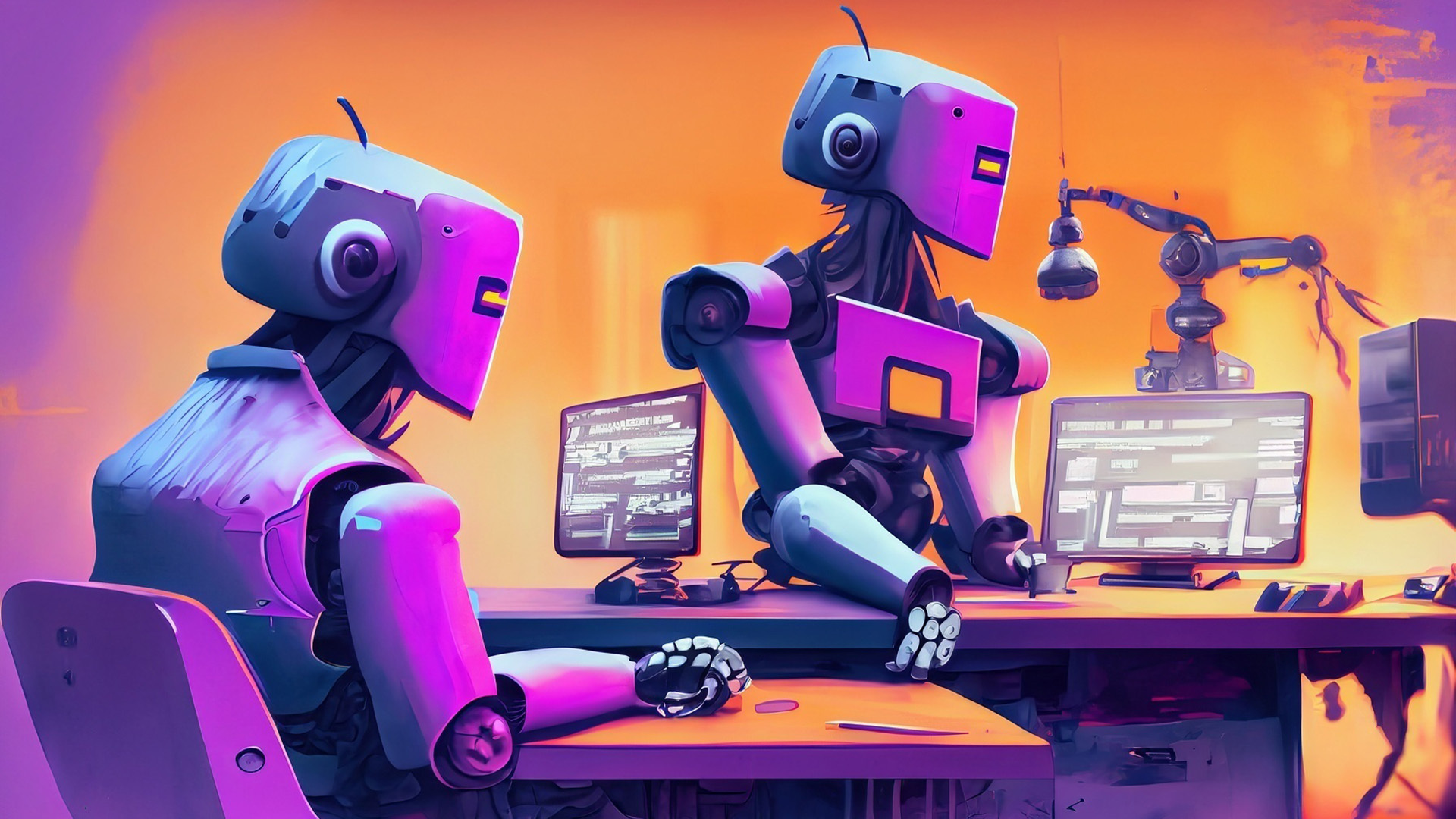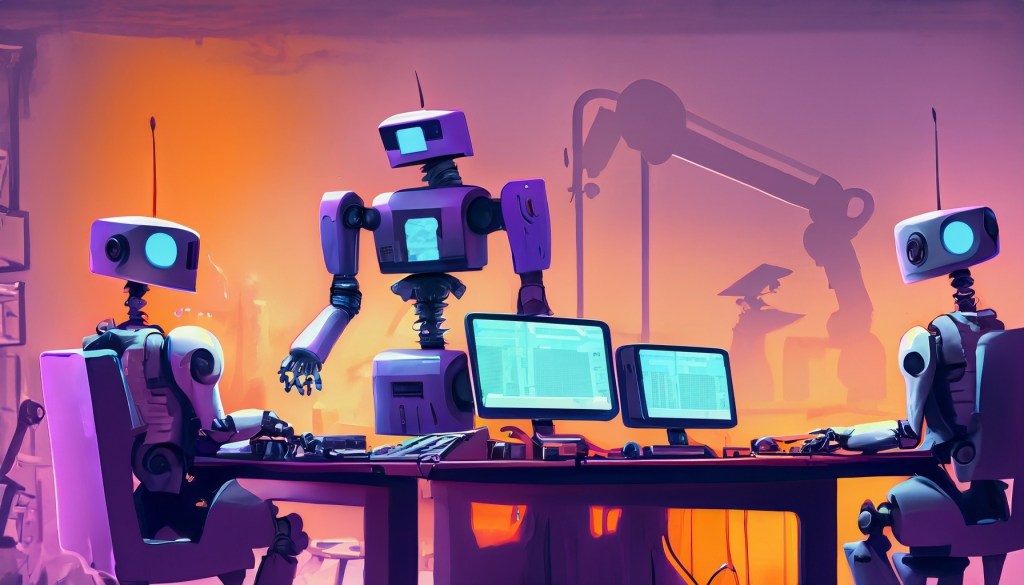
Aleksandra Przegalinska: Obviously, you touched upon a very important part of decision-making; that we have to find or strike a balance where we are still the main or key decision-makers. For instance, I am now involved in a project that we are doing at my university in Warsaw, Kozminski University, with Harvard University. And in that project, we are looking at collaborative AI. So the type of artificial intelligence that is designed for collaboration with humans. So it does not do the job instead of you, but instead works together with you. And that’s a very different approach, I think, can be very useful in many different professions. We are now testing our tool, that is also generative, on salespeople and marketers. We’ve seen an increase in productivity, but also an increase in job satisfaction. And this is something that we would like, right? Getting rid of some routines and really focusing in our work on something that is interesting and fun for us. So I do hope that this is the trajectory that we will choose. And I would really look very carefully at, you know, the speed and pace of automation, finding the proper use cases for it. Not everything can be done by generative AI and also not everything should be done by generative AI. So I do think that we have a bit of road mapping to do ahead of us.
Simone Del Rosario: Do you think there’s a risk of someone taking the technology a little bit too far just because the technology can go there and then by then, it’s too late, the cat’s out of the bag and you can’t really figure out why it’s a better case to have humans in that role over AI?
Aleksandra Przegalinska: Well, I do think that many things can go wrong if you decide to choose that pathway of full automation. M any things can go wrong because this is just a technology. It’s not, you know, it does not have any experiences, any internal states, no affections, no emotions. And it’s just, you know, simply designed by humans and it’s prompted by humans. So you have to know how to use it in order to use it well. If you just rely on it, usually the results are not so spectacular. So in that way, I would say that those who choose full automation will probably not be very happy with their choice.







